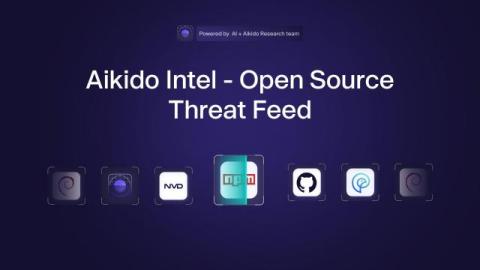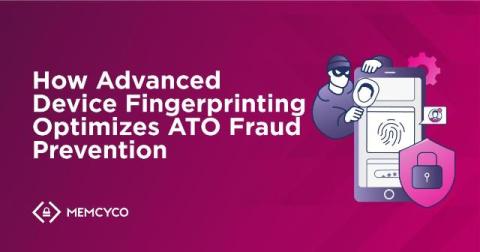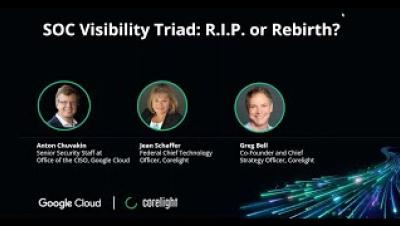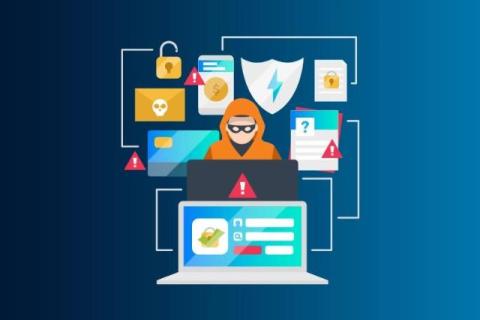Security | Threat Detection | Cyberattacks | DevSecOps | Compliance
opsdemon
Latest posts
IAM vs PAM: What's the Difference?
The main difference between Identity and Access Management (IAM) and Privileged Access Management (PAM) is that IAM manages who has access to which resources, while PAM secures access to sensitive information. IAM involves solely user identities, and PAM falls under the umbrella of IAM by monitoring user identities with access to privileged data. Continue reading to learn more about IAM and PAM, their key differences and when to implement them in your organization.
Meet Intel: Aikido's Open Source threat feed powered by LLMs.
Intel is our open-source security threat feed powered by AI and our in-house research team. Intel monitors and uncovers vulnerabilities in open-source packages before they are disclosed. Many never are.
How Advanced Device Fingerprinting Optimizes ATO Fraud Prevention
Forget ‘billions’, fraud is now a trillion-dollar challenge according to McKinsey, with phishing, account takeovers (ATOs), and credential-based attacks driving unprecedented losses. Needless to say, this step change underlines the urgency for scam-prone enterprises to add further protective layers as part of a fraud prevention strategy that combines emerging technologies.
Integrating fuzz testing in the V-model testing process for secure software
The market of embedded computing has been growing constantly, and this trend is expected to continue in the near future. Notably, embedded systems are key components for the Internet of Things (IoT) and for Cyber Physical Systems (CPSs). In the embedded software industry, secure software development is critical. This is especially true because embedded software often involves vital industries, such as medical devices or automotive solutions.
BSides Austin 2024: Balancing AI Safety and Real-World Risks
At BSides Austin 2024, experts shared solutions for AI safety, cloud logging, systemic security planning, and effective executive collaboration strategies.
Vanta deepens HITRUST partnership with MyCSF integration
As the security expectations of customers grow and the regulatory landscape gets more complex, businesses are recognizing the value of investing in and demonstrating security. As the demand for proving compliance grows, so does the demand for HITRUST, given its reputable assessment process. Achieving HITRUST certification involves demonstrating compliance with a detailed set of controls designed to manage and mitigate information security risks.
SOC Visibility Triad: R.I.P. or Rebirth?
The SOC Visibility Triad was defined by Dr. Anton Chuvakin at Gartner almost 10 years ago when the cloud was in its early stages. As the shift to highly dynamic, multicloud environments became mainstream over the last few years, some have argued that the “Triad” should be put to rest since it no longer can ensure the visibility needed to maintain effective security across these modern architectures.
How to Prevent and Defend Against Spoofing Attacks
In this age of computers and the internet, cyber risks like spoofing attacks are getting smarter and more harmful. Spoofing is when cybercriminals pretend to be legitimate entities, like companies, people, or websites, in order to trick people into giving up private information or doing malicious activities. Spoofing has big effects, ranging from losing money to having a bad image. Over 90% of phishing attacks happen because of email spoofing alone.












